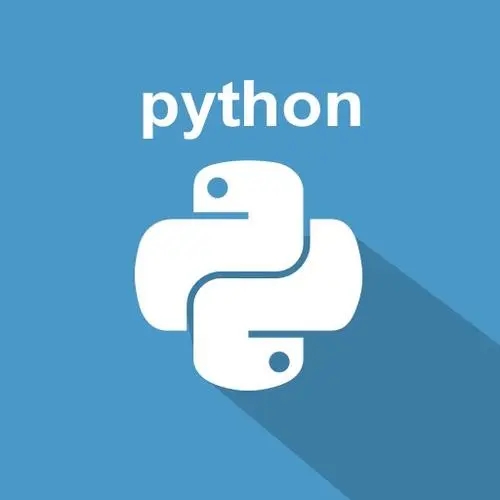Python 元组
python的元组与列表类似,不同之处在于元组的元素不能修改。
元组使用小括号,列表使用方括号。
元组创建很简单,只需要在括号中添加元素,并使用逗号隔开即可。
如下实例:
tup1 = ('physics', 'chemistry', 1997, 2000);
tup2 = (1, 2, 3, 4, 5 );
tup3 = "a", "b", "c", "d";创建空元组
立即学习“Python免费学习笔记(深入)”;
tup1 = ();
元组中只包含一个元素时,需要在元素后面添加逗号
tup1 = (50,);
元组与字符串类似,下标索引从0开始,可以进行截取,组合等。
访问元组
元组可以使用下标索引来访问元组中的值,如下实例:
#!/usr/bin/python
tup1 = ('physics', 'chemistry', 1997, 2000);
tup2 = (1, 2, 3, 4, 5, 6, 7 );
print "tup1[0]: ", tup1[0]
print "tup2[1:5]: ", tup2[1:5]以上实例输出结果:
tup1[0]: physics tup2[1:5]: [2, 3, 4, 5]
修改元组
元组中的元素值是不允许修改的,但我们可以对元组进行连接组合,如下实例:
#!/usr/bin/python
tup1 = (12, 34.56);
tup2 = ('abc', 'xyz');
# 以下修改元组元素操作是非法的。
# tup1[0] = 100;
# 创建一个新的元组
tup3 = tup1 + tup2;
print tup3;以上实例输出结果:
(12, 34.56, 'abc', 'xyz')
删除元组
元组中的元素值是不允许删除的,但我们可以使用del语句来删除整个元组,如下实例:
#!/usr/bin/python
tup = ('physics', 'chemistry', 1997, 2000);
print tup;
del tup;
print "After deleting tup : "
print tup;以上实例元组被删除后,输出变量会有异常信息,输出如下所示:
('physics', 'chemistry', 1997, 2000)
After deleting tup :
Traceback (most recent call last):
File "test.py", line 9, in <module>
print tup;
NameError: name 'tup' is not defined元组运算符
与字符串一样,元组之间可以使用 + 号和 * 号进行运算。这就意味着他们可以组合和复制,运算后会生成一个新的元组。
Python 表达式
结果
描述
len((1, 2, 3)) 3 计算元素个数
(1, 2, 3) + (4, 5, 6) (1, 2, 3, 4, 5, 6) 连接
['Hi!'] * 4 ('Hi!', 'Hi!', 'Hi!', 'Hi!') 复制
3 in (1, 2, 3) True 元素是否存在
for x in (1, 2, 3): print x, 1 2 3 迭代
元组索引,截取
因为元组也是一个序列,所以我们可以访问元组中的指定位置的元素,也可以截取索引中的一段元素,如下所示:
元组:
L = ('spam', 'Spam', 'SPAM!')Python 表达式
结果
描述
L[2] 'SPAM!' 读取第三个元素
L[-2] 'Spam' 反向读取;读取倒数第二个元素
L[1:] ['Spam', 'SPAM!'] 截取元素
无关闭分隔符
任意无符号的对象,以逗号隔开,默认为元组,如下实例:
#!/usr/bin/python print 'abc', -4.24e93, 18+6.6j, 'xyz'; x, y = 1, 2; print "Value of x , y : ", x,y;
以上实例允许结果:
abc -4.24e+93 (18+6.6j) xyz Value of x , y : 1 2
元组内置函数
Python元组包含了以下内置函数
序号
方法及描述
1 cmp(tuple1, tuple2)
比较两个元组元素。
2 len(tuple)
计算元组元素个数。
3 max(tuple)
返回元组中元素最大值。
4 min(tuple)
返回元组中元素最小值。
5 tuple(seq)
将列表转换为元组。
以上就是【python教程】Python 元组的内容,更多相关内容请关注PHP中文网(www.php.cn)!

python怎么学习?python怎么入门?python在哪学?python怎么学才快?不用担心,这里为大家提供了python速学教程(入门到精通),有需要的小伙伴保存下载就能学习啦!

Copyright 2014-2025 https://www.php.cn/ All Rights Reserved | php.cn | 湘ICP备2023035733号